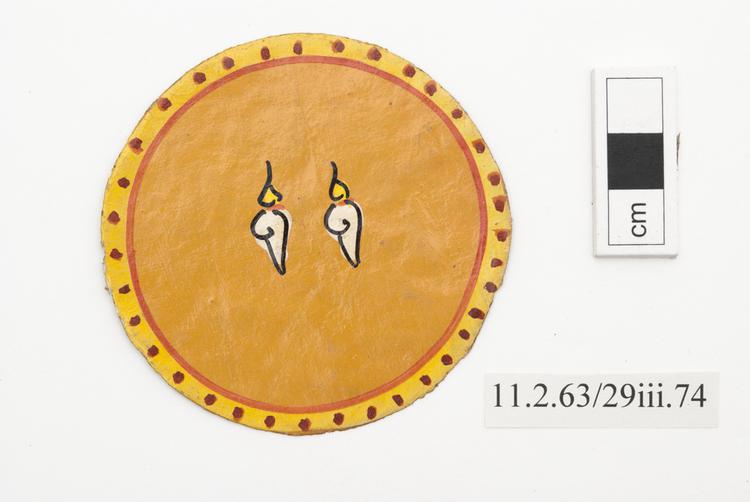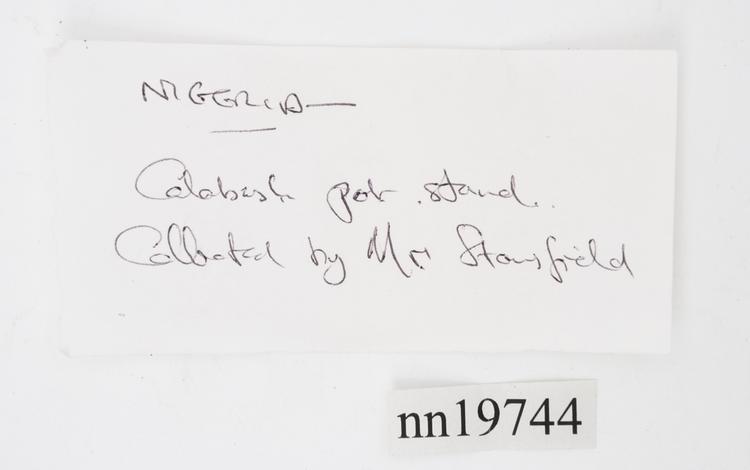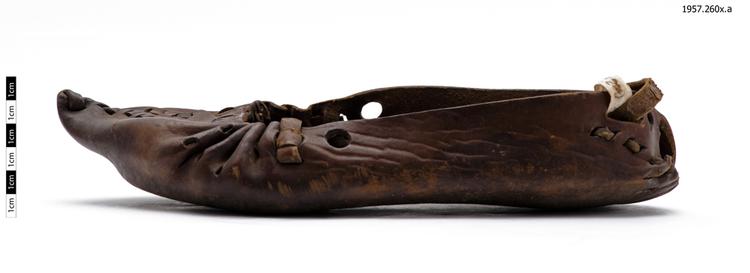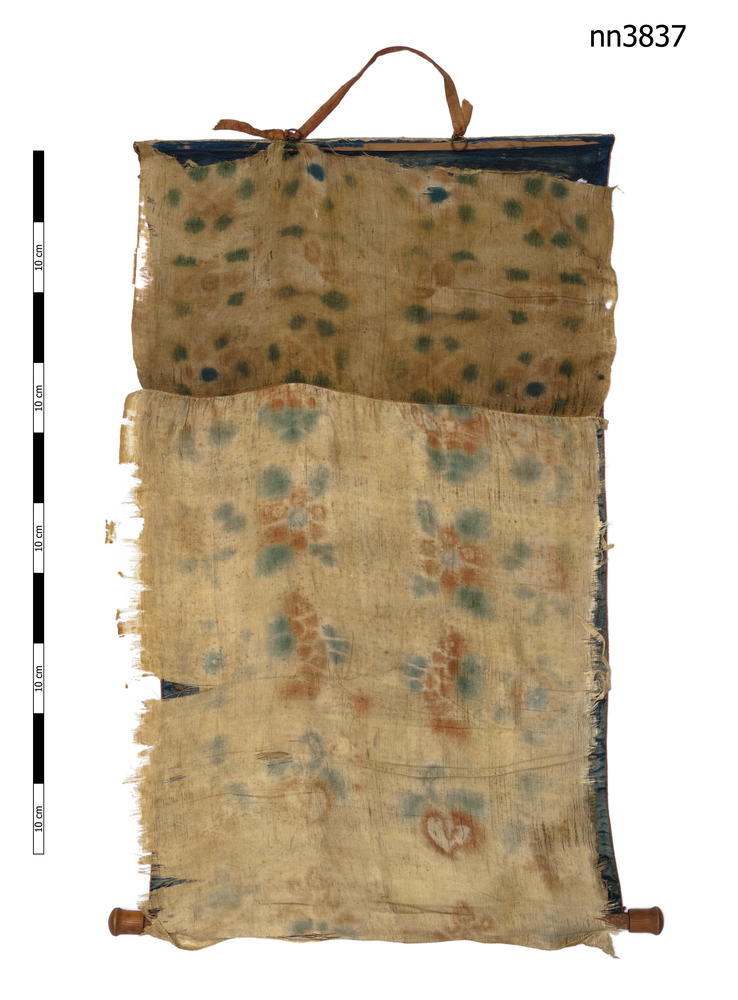
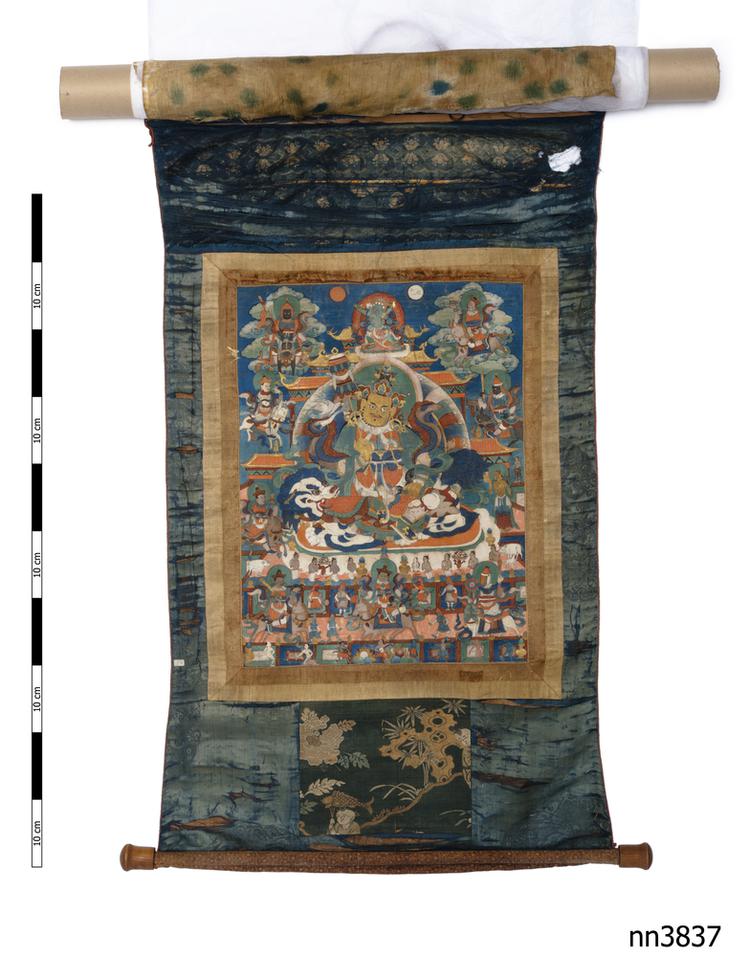
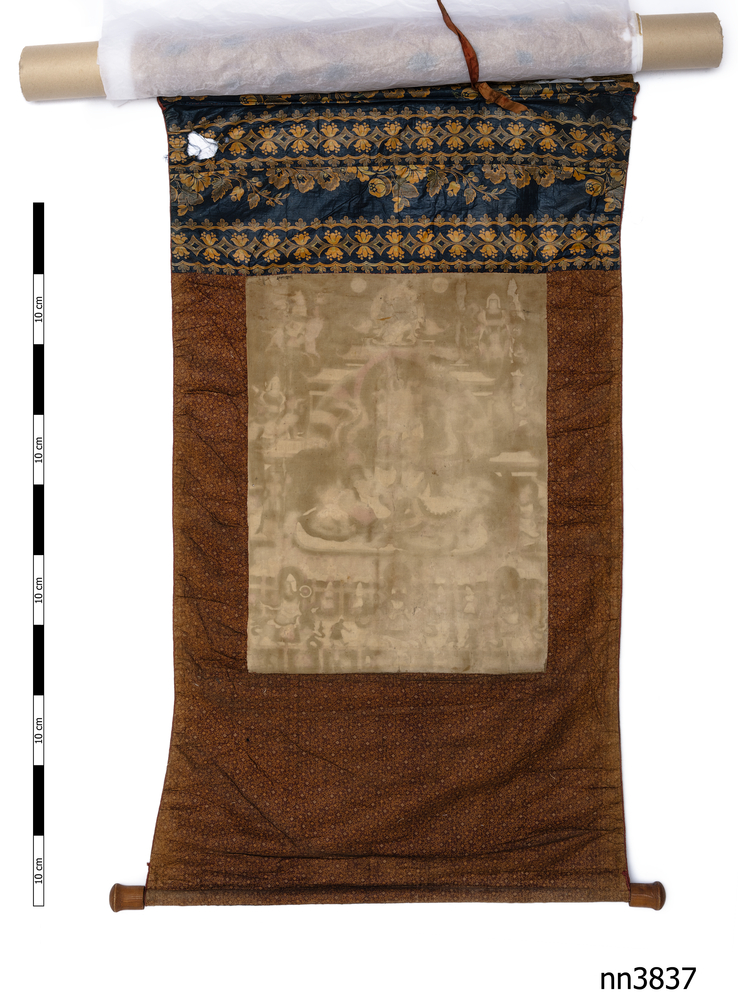
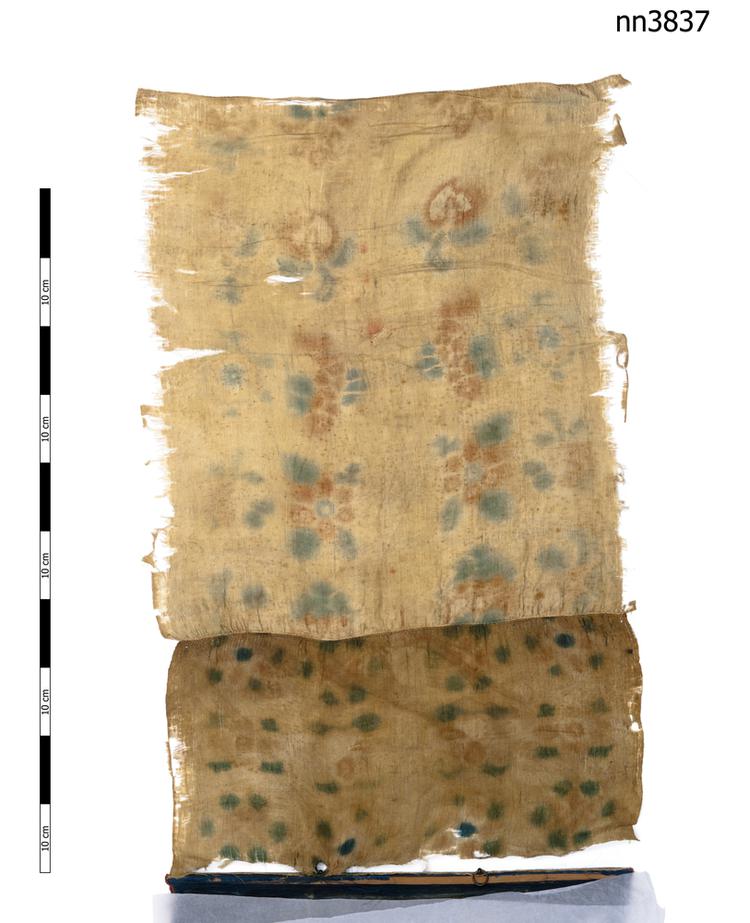
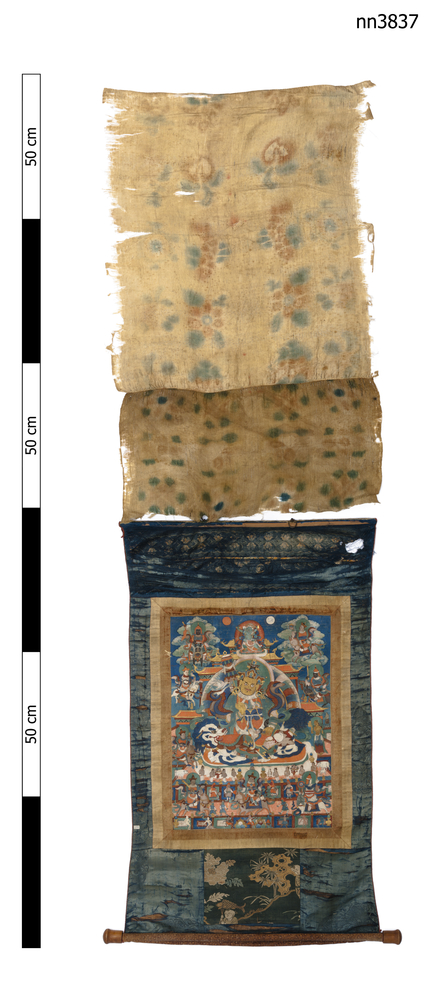
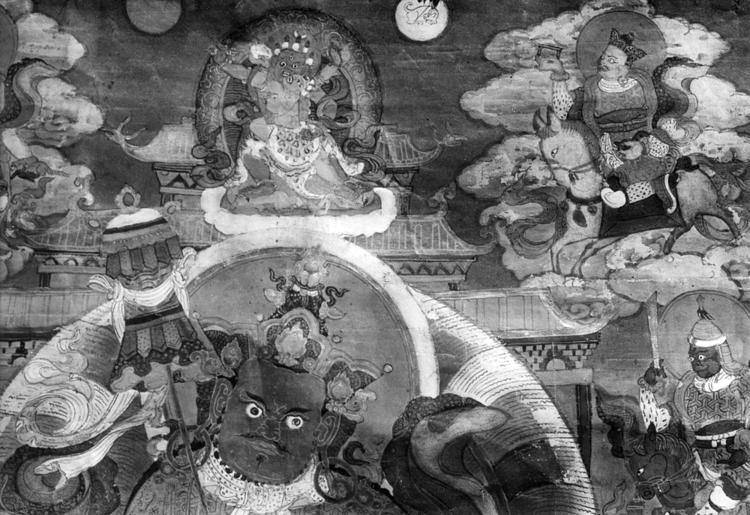
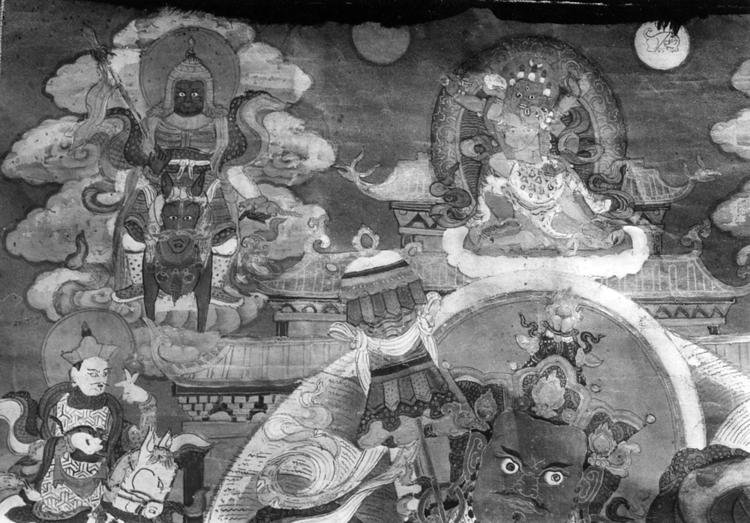
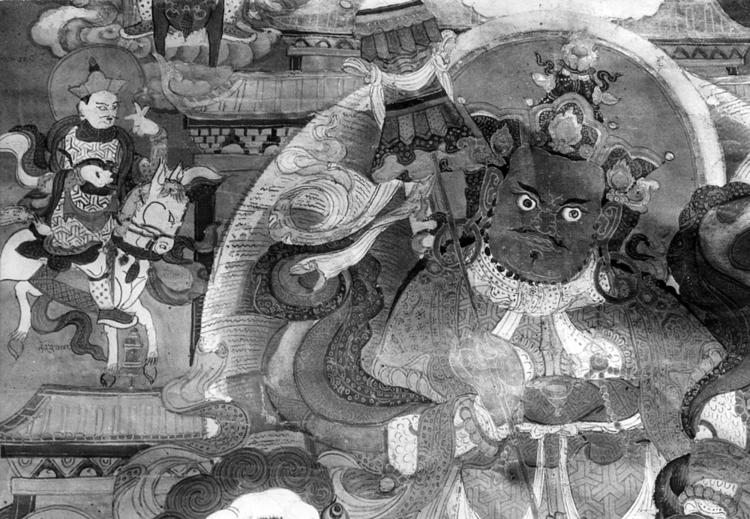
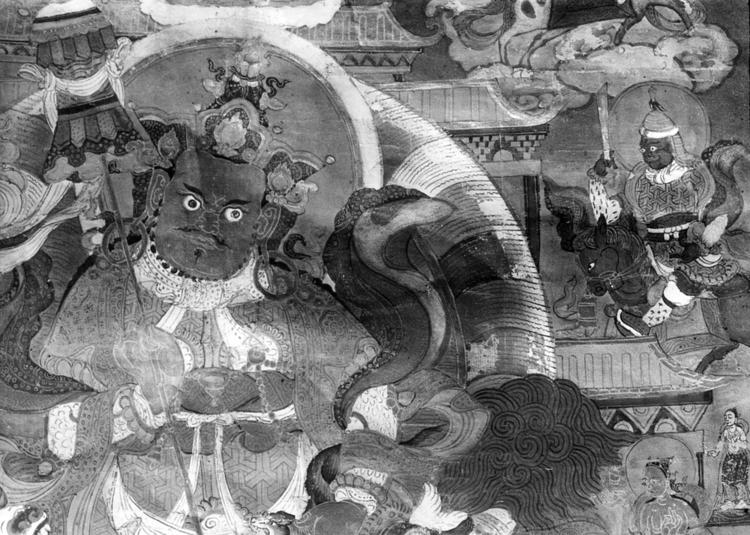
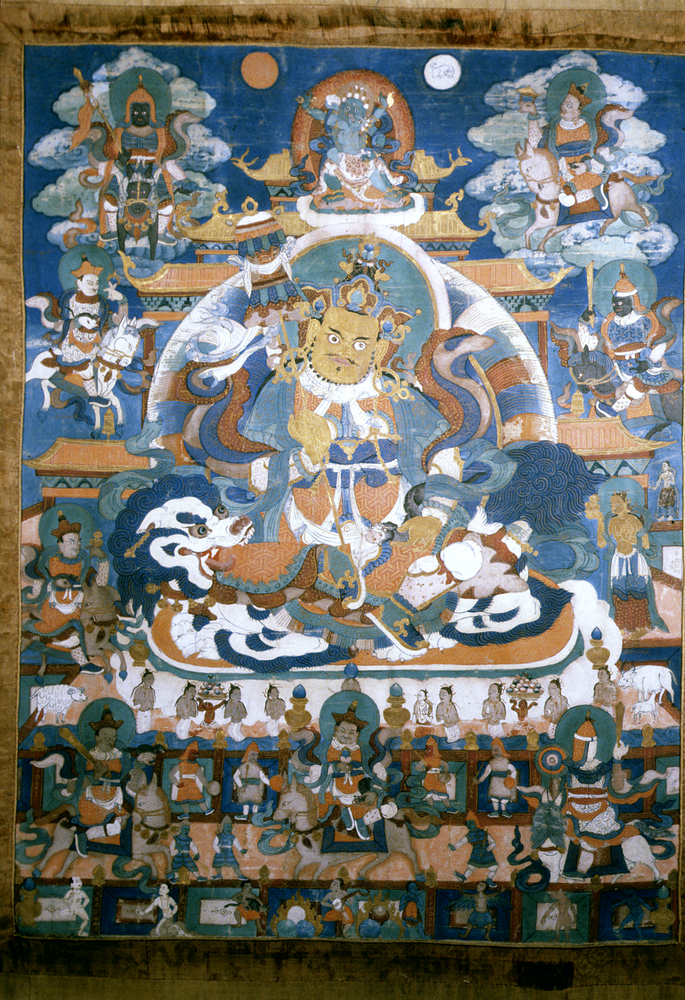
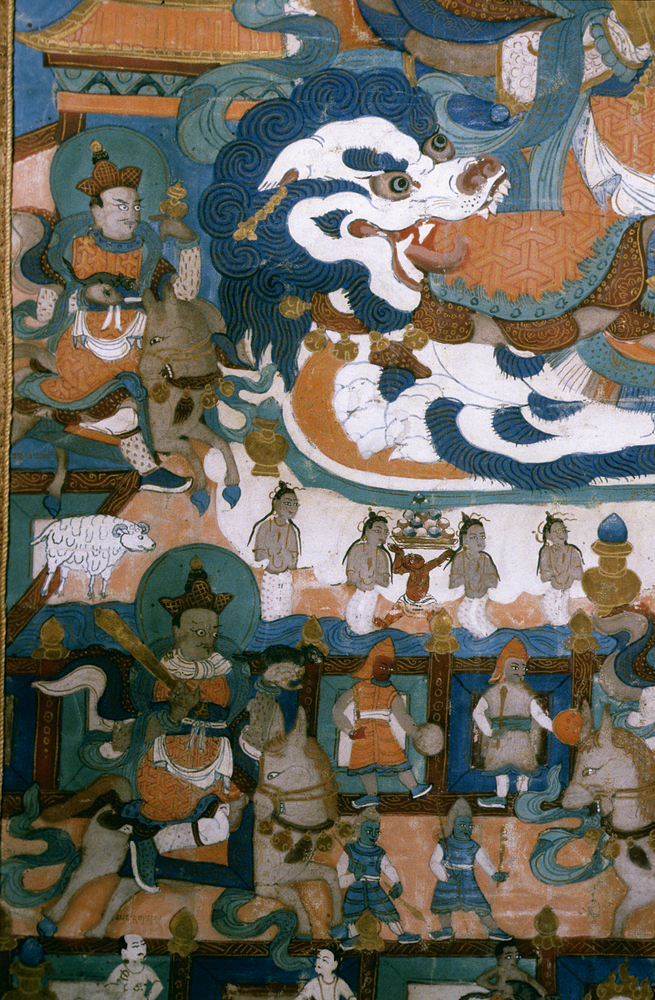
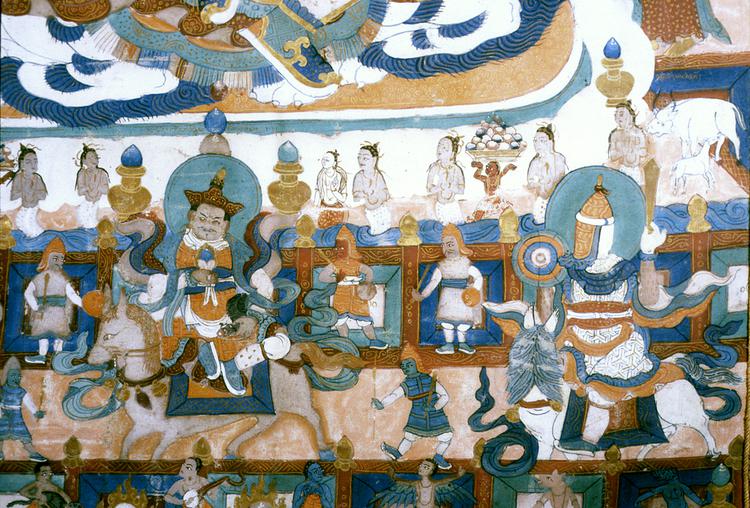
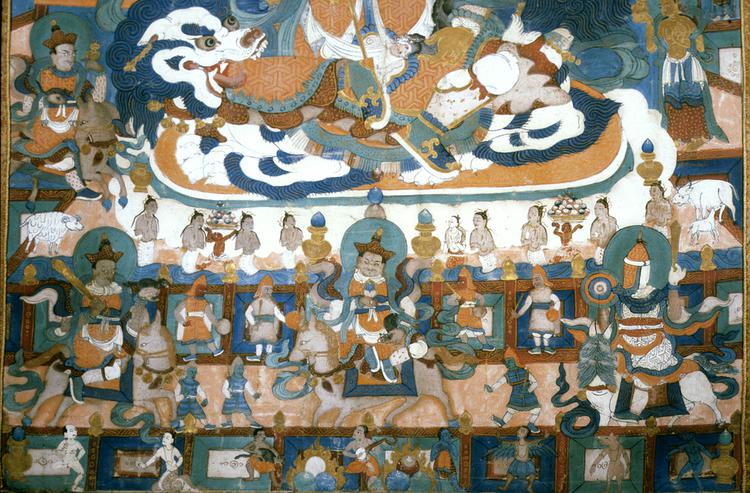
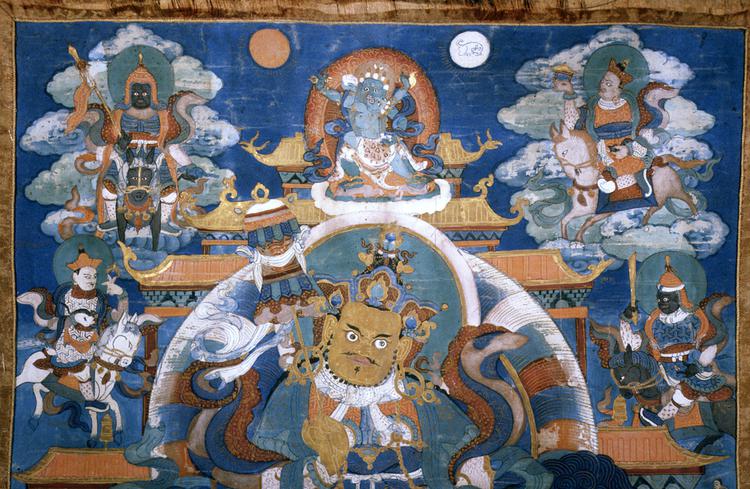
Thangka depicting Vaisravana (in Tibetan, Nam to se), the Guardian of the North and emanations.
Ca.19th century.
This thangka was probably painted in the 19th century. It depicts Vaisravana (in Tibetan, Nam to se), the Guardian of the North and his different emanations. Vaisravana is king of the Yakshas or nature spirits and chief of the Four Guardians of the directions. He is depicted as a warrior dressed in armour and holding a mongoose spitting jewels in his left hand while holding a banner in his right. He is mounted on a snow lion. Thangka are devotional paintings which are particularly associated with Vajrayana Buddhism. They are always painted on cloth and often have ornate fabric surrounds and covers. Thangka can fulfil several different purposes -they are for example often used as teaching aids- however, perhaps their most important role is to focus meditation. Thangkas which are used for meditation will generally depict a yidam, which is a special deity, the particular attributes of which assist a practitioner’s spiritual progression. A Yidam is often allocated to a practitioner by a mentor who understands the practitioner’s specific needs. By inhabiting the body and attributes of the yidam through meditation practice a practitioner can work to erode the obstacles to enlightenment. Since thangka are sacred objects their manufacture follows careful guidelines. For example, thangka painters must follow pre-established templates when depicting specific deities. Not to do so would jeopardise the efficacy of the thangka. It is also argued that thangka painters should approach their work in a right-minded manner; the large-scale manufacture of thangkas for sale to the international market, is for some a distortion and a devaluation of the practice of thangka painting.



